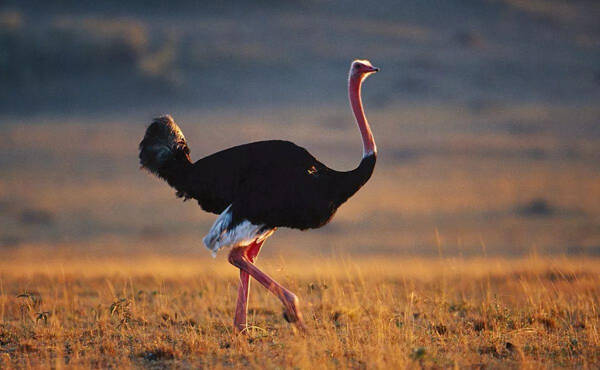
Struthio camelus
ostrich、Struthio camelus
The largest bird on earth is the African ostrich, which is also a flightless···
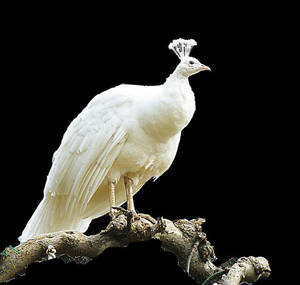
Pavo cristatus
Pavo cristatus
The scientific name of the white peacock is Pavo cristatus. It generally ref···
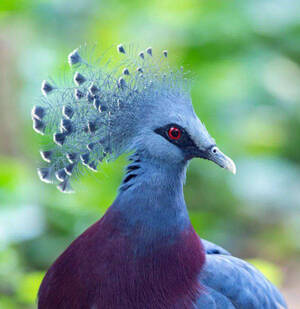
Goura victoria
Victoria Crowned Pigeon,Goura victoria,Victoria Crowned-pigeon
Victoria Crowned Pigeon (scientific name: Goura victoria) is also known as V···
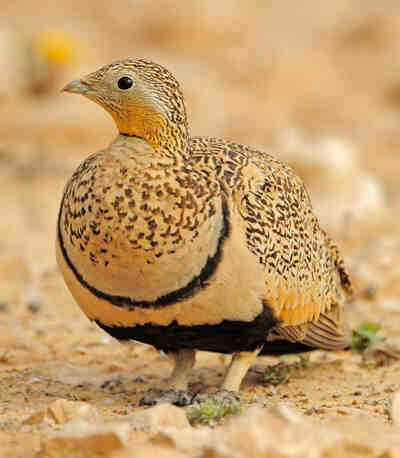
Pterocles orientalis
Pterocles orientalis,Black-bellied Sandgrouse
Black-bellied Sandgrouse, there are 2 subspecies.Black-bellied Sandgrouse is···
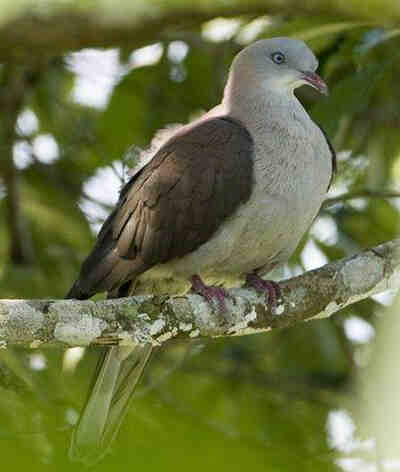
Ducula badia
Ducula badia ,Mountain Imperial Pigeon,Millet-backed imperial pigeon, Grey-headed southern pigeon
Mountain Imperial Pigeon is called Mountain Imperial Pigeon in foreign langu···
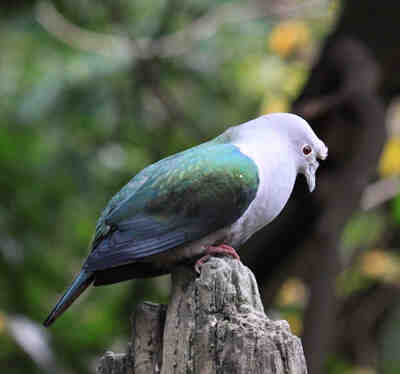
Ducula aenea
Green dove, big green dove, big green pigeon,Ducula aenea,Green Imperial Pigeon
Green Imperial Pigeon, also known as Green Imperial Pigeon, has 15 subspecie···
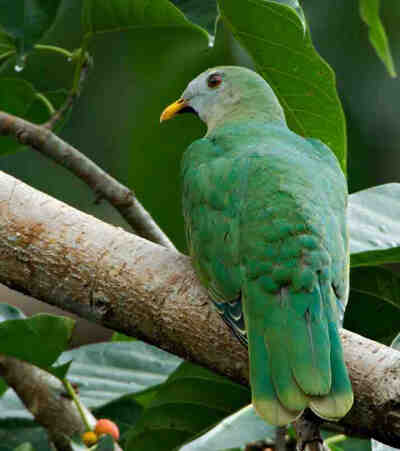
Ptilinopus leclancheri
Black-chinned Green Pigeon, Little Green Pigeon,Ramphiculus leclancheri,Black-chinned Fruit Dove,Ptilinopus leclancheri
Black-chinned Fruit Dove, also known as Black-chinned Fruit Dove, has 4 subs···
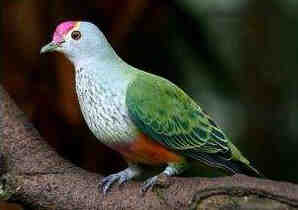
Treron formosae
Taiwan Green Pigeon,Treron formosae,Whistling Green Pigeon
The Whistling Green Pigeon has four subspecies.The Whistling Green Pigeon of···
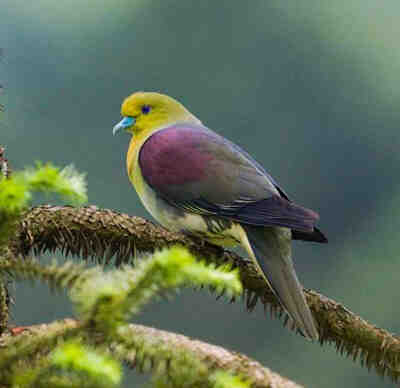
Treron sieboldii
White-bellied Wedge-tailed Pigeon, White-bellied Wedge-tailed Green Pigeon,Treron sieboldii,White-bellied Green-pigeon
The foreign name of the Red-winged Green-pigeon is White-bellied Green-pigeo···
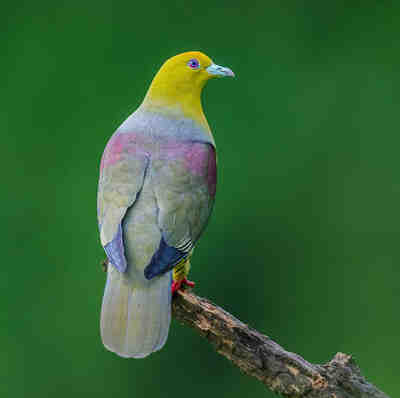
Treron sphenura
Green Pigeon,Treron sphenura,Wedge-tailed Green Pigeon
Wedge-tailed Green Pigeon has four subspecies.Wedge-tailed Green Pigeon is a···
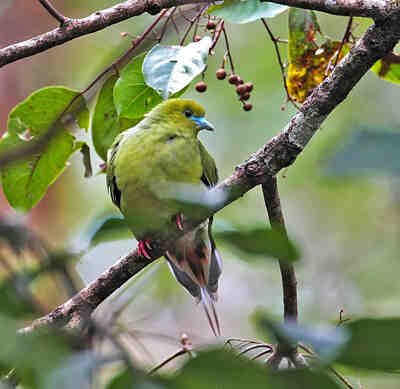
Treron apicauda
Treron apicauda,Pin-tailed Green-pigeon
Pin-tailed Green-pigeon, also known as Pin-tailed Green-pigeon, has three su···
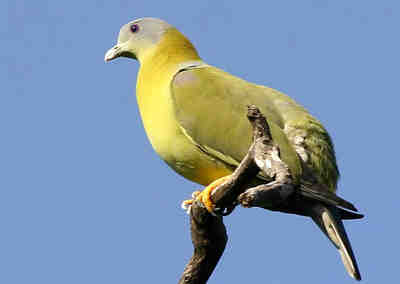
Treron phoenicoptera
Common Green Pigeon,Treron phoenicoptera,Yellow-footed Green Pigeon
Yellow-footed Green Pigeon, also known as Yellow-footed Green Pigeon, has 5 ···
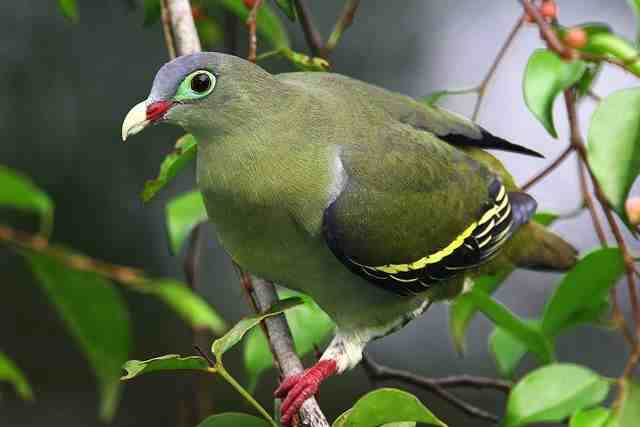
reron curvirostra
Rough-billed Green Pigeon,Treron curvirostra,Thick-billed Green Pigeon
Thick-billed Green Pigeon, also known as Thick-billed Green Pigeon, has 9 su···
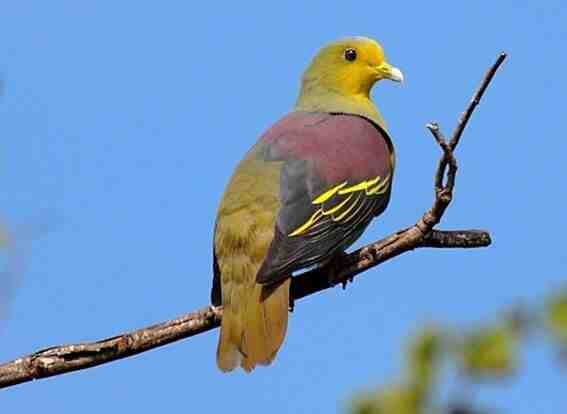
Treron pompadora
Gray-headed green pigeon, Gray-headed mountain pigeon,Treron pompadora,Pompadour Green-pigeon
Grey-headed green pigeons are called Pompadour Green-pigeon in foreign langu···
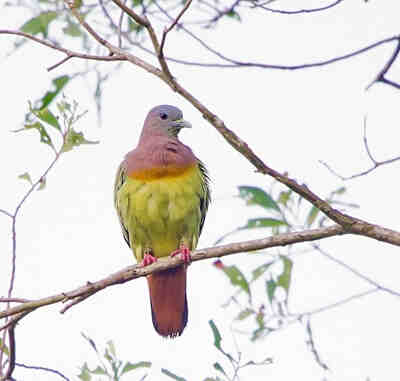
Treron bicinctus
Red-breasted Green Pigeon, Orange-breasted Pigeon, Yellow-breasted Green Pigeon,Treron bicinctus,Orange-breasted Green-pigeon
Orange-breasted Green-pigeon has four subspecies.Orange-breasted Green-pigeo···
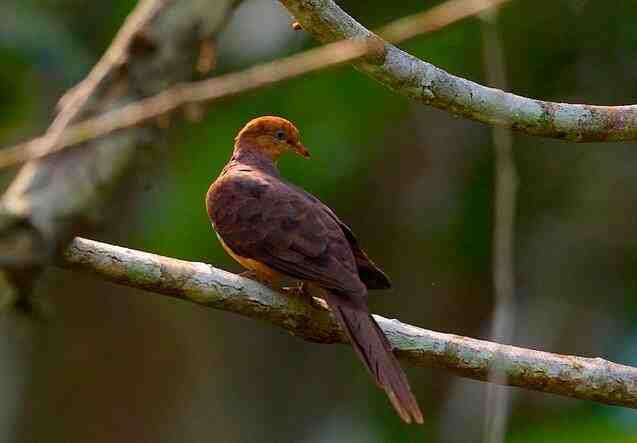
Macropygia ruficeps
Brown-headed cuckoo dove, Lesser red cuckoo dove,Macropygia ruficeps,Little Cuckoo-dove
Little Cuckoo-dove is called Little Cuckoo-dove in English, and there are 8 ···
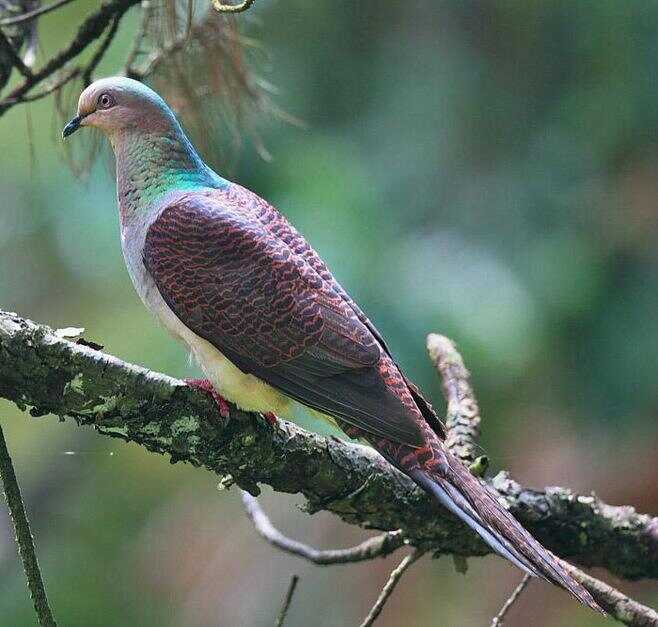
Barred Cuckoo-dove
Pied coffee chase,Macropygia unchall,Barred Cuckoo-dove
Barred Cuckoo-dove has three subspecies.Cuckoo doves are resident birds, par···
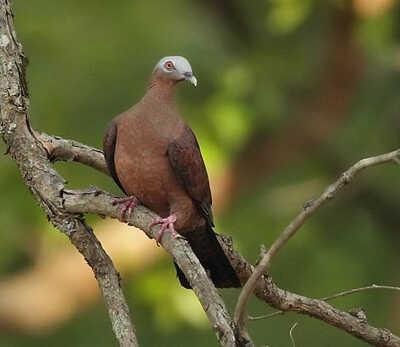
Columba punicea
Columba punicea,Pale-capped Pigeon
The foreign name of the purple forest Pigeon is Pale-capped Pigeon, no subsp···
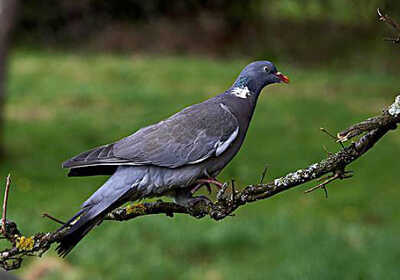
Green Imperial-pigeon
Wood pigeon, common wood pigeon,Columba palumbus,Green Imperial-pigeon
There are 6 subspecies of Green Imperial pigeon. Columba palumbus casiotis (···
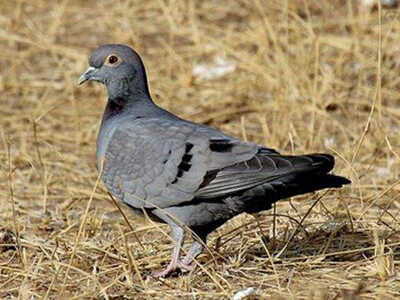
Pale-backed Pigeon
Pale-backed Pigeon,Columba eversmanni
The Central Asian Pigeon is known as Pale-backed Pigeon and has no subspecie···
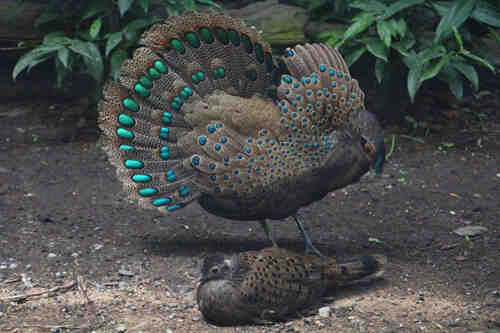
Polyplectron katsumatae
Polyplectron katsumatae,Hainan Peacock-pheasant
Hainan Peacock pheasant has no subspecies.Hainanese pheasants often move alo···
